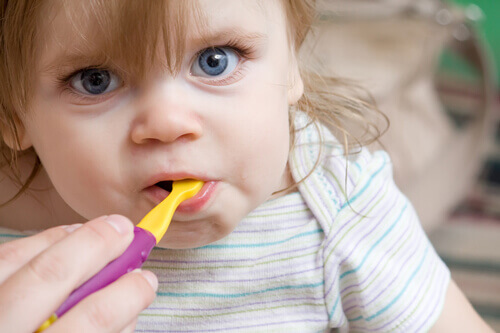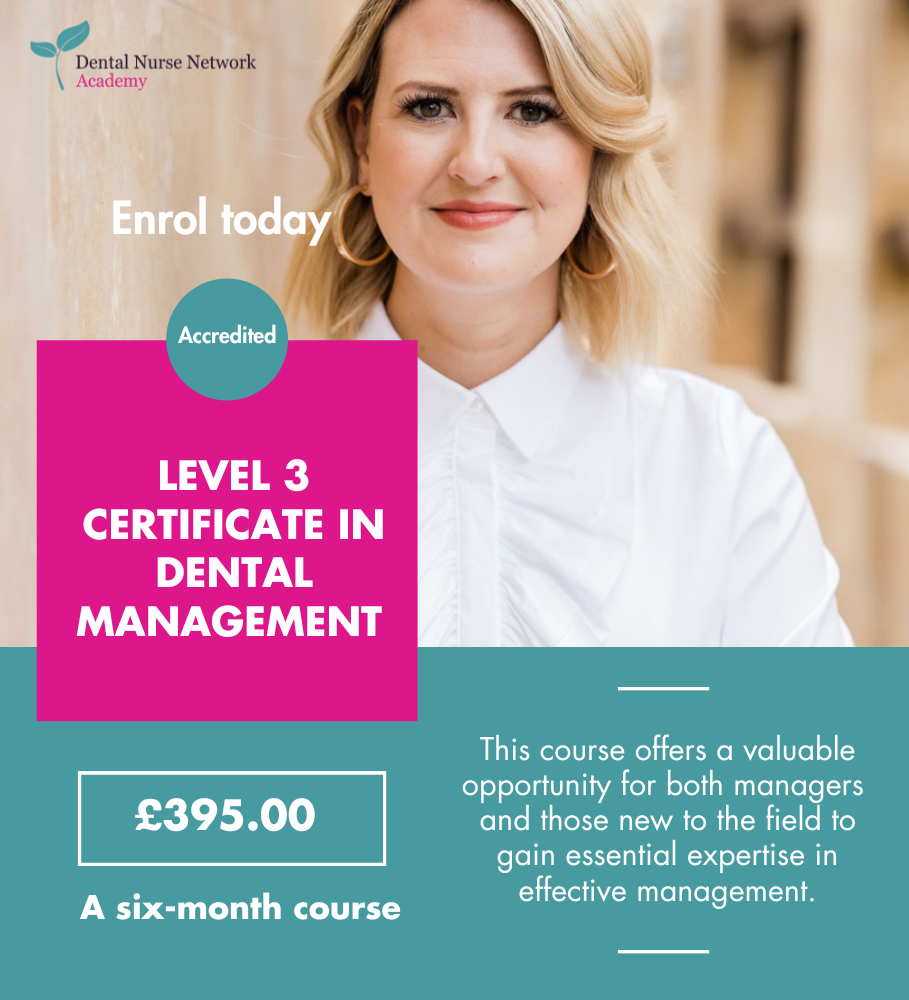 Today’s blog aims to inspire all dental nurses to use their Oral Health Education (OHE) qualification to its full potential. After I completed my OHE qualification in 2014, I wanted to keep using the knowledge and skills that I had worked so hard for.
Today’s blog aims to inspire all dental nurses to use their Oral Health Education (OHE) qualification to its full potential. After I completed my OHE qualification in 2014, I wanted to keep using the knowledge and skills that I had worked so hard for.
I decided to start visiting children’s nurseries and schools in my local area. I wanted to make sure that the message of good oral hygiene and dietary advice was getting heard by everyone. The thing that shocked me was how many children –both three-year-olds and older children – who were scared of the dentist or who had never even been to the dentist before. This motivated me even more to make sure I got positive messages across about visiting the dentist regularly and about good oral hygiene.
I was very nervous when visiting my first nursery. There were around twenty-four children, aged three to four years, who just stared at me. They waited quietly in anticipation, wondering who I was, why I was there, and what I was going to teach them. I had planned the lesson well in advance, so I felt organized and confident in the information that I was going to relay to them.
During my nursey and school visits, I always try to recreate the dental experience so that the children feel comfortable when they do go to see their own dentist and so that they know what to expect. I always attend in my dental uniform, and I take props such as:
- Mask
- Gloves
- Goggles
- Bib
- Plastic mouth mirror
- A mouth model
- Toothbrush
- Egg-timer
- A children’s dental story book
- Stickers
- Patient leaflets
- Reward charts.
I always start off by introducing myself and explaining the purpose of my visit. I tell the children why we use personal protective equipment, which I leave out so that the children can go and have a look at the items or even try them on.
If you are planning on making similar visits, I would say that the most important thing to do is to get the children involved – they love sharing their experiences with you! Just ask them simple questions; ask how many teeth they have and how often they brush their own teeth. This will be a great way to find out what they already know about their teeth and how best to adapt the session to their specific needs.
Children love playing with tooth models and egg-timers, so I always do a demonstration of good tooth-brushing. Allow each child time to practise on the model, and REMEMBER to always be positive. If you have a colleague with you on your visit, demonstrate using disclosing tablets on the other person – the children find it so funny.
At the end of the session, sit down with the children and give them all a sticker. Praise them for getting involved. Doing this will let you join in with their conversation and enable you to answer any questions that they might have. In addition to this, I also either give each of them a rewards chart or ask them to make their own. They can do this to show that they have brushed their teeth twice a day for two weeks. This will help to encourage them to get into the habit of brushing their teeth more often.
If you have time in your session, read them a story such as Peppa Pig’s dentist trip or something similar that summarizes what you have been telling them by using a favourite cartoon character’s experience. If you don’t get time, don’t worry – leave the book with the nursery staff and ask them to make it the book of the week.
I always make sure that I give each child a leaflet to take home. This reinforces all of the information that I have given them and also helps to inform and encourage their parents. We all know that parents are the main focus for dental health in children of this age, as they are the ones who control their children’s access to sugary drinks and snacks as well as helping with their tooth-brushing. Making sure that you give them all the correct information is essential.
If you make the leaflet yourself, you can add links such as videos from YouTube containing good tooth-brushing advice.
I alter each visit that I make to a school or nursery depending on the size of the class and the age of the children. The key is to be organized; make sure in advance that you have all the resources you need and that you feel comfortable with the information you are giving to the children.
My personal favourite visits are those involving pre-school children – they are great fun and always make me laugh. Don’t get me wrong; it is a daunting experience putting yourself out there and not having your colleagues by your side. But it is such a rewarding achievement that I would definitely recommend it to anyone.
So, why don’t you go and make a difference for your local children? All the resources that you need are within your grasp – only your time and energy are required. You will find it very rewarding. If you are starting your OHE course in September, you could make this your goal. Aim to start your visits mid-May to mid-June – this is National Smile Month. Reps such as Colgate will give you loads of free posters and resources, so it’s a prime time to start.
I hope that this blog will inspire you to go out into your local community.
Bye for now,
Emma.


